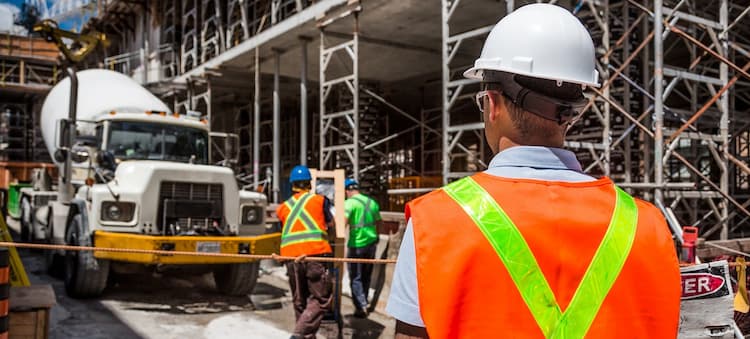
Working on roofs and scaffolding comes with its own set of risks, which is why safety must be the foremost concern for both workers and employers. Every year, numerous accidents happen because of insufficient safety measures, misuse of equipment, or inadequate training. In this blog, we will delve into crucial safety tips and recommendations for working at heights, particularly regarding scaffolding and roof tasks.
Roof work is classified as high-risk due to its distinct challenges requiring thorough planning and careful execution. Alarmingly, nearly 20% of fatalities in the construction industry are linked to roof work. If safety measures are not properly implemented, the consequences can be severe, including falls from roof edges, openings, fragile roofs, or roof lights. Here are some essential safety tips for working on roofs:
Scaffolding plays a vital role on construction sites, but it can be dangerous if safety measures aren’t followed. When working on scaffolding, it’s necessary to follow these essential safety measures to ensure the scaffold is safe to use.
Start by setting up the scaffolding correctly. Always adhere to the manufacturer’s guidelines and have trained professionals handle the assembly and disassembly.
Ensure the scaffolding is stable. It should be placed on solid, level ground, and consider using base plates or mud sills if needed.
Conduct regular inspections of the scaffolding. Frequent checks are essential to spot any wear, damage, or missing parts.
Make sure to use appropriate personal protective equipment (PPE) while working on scaffolding. Workers should wear non-slip footwear, safety helmets, and harnesses. Additionally, tool tethers should be used to prevent tools from falling.
Provide training for all workers. Everyone who will be using the scaffolding needs to be familiar with safety procedures, including proper climbing methods and weight distribution. It’s crucial that adequate height safety training is completed before assigning any tasks at height.
The “4 to 1 rule” is an important guideline for ensuring ladder safety while using scaffolding. It states that for every 4 feet of height, the bottom of the ladder should be placed 1 foot away from the structure. For instance, if the scaffolding reaches a height of 20 feet, the ladder’s base should be positioned 5 feet away from it.
This rule helps maintain stability, reduces the risk of tipping, and makes it easier for workers to safely climb to and from the scaffolding platform.
Many accidents occur due to non-compliance with safety regulations. To avoid errors it is advised to follow the UK Work at Height Regulation 2005 relating to scaffolding. Common scaffolding violations seen on construction sites include the following:
Leading Edge specialises in height safety solutions, offering both equipment and training to ensure workers and companies meet the highest safety standards.
Leading Edge supplies top-quality PPE, such as tool tethers, lanyards, and tool bags to help workers work safely and securely at height. In fact our tool bags are built with height safety in mind, making them stand out amongst the most prestigious bags on the market.
Our expert-led courses provide hands-on training for workers on height safety, PPE inspection, and safe ladder usage. Tailored programs address the specific needs of roof and scaffolding work, ensuring compliance with local safety regulations. By partnering with Leading Edge, businesses can reduce risks, comply with regulations, and foster a culture of safety.
Working on roofs and scaffolding requires diligence, training, and the right safety equipment. By following the tips and precautions outlined above, workers can significantly reduce the risk of accidents. Investing in professional training and reliable equipment, such as those offered by Leading Edge, is crucial for ensuring safety and productivity.
Protect your team, comply with safety standards, and maintain a secure work environment by making height safety a priority today.
Copyright 2025 Leading Edge Safety. Devloped by Czargroup Technologies
